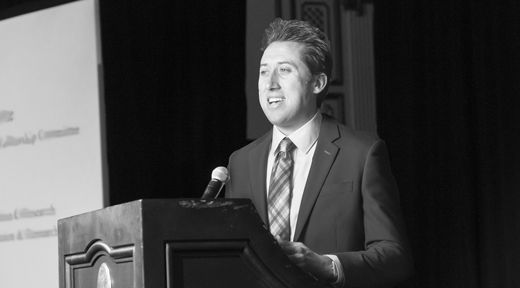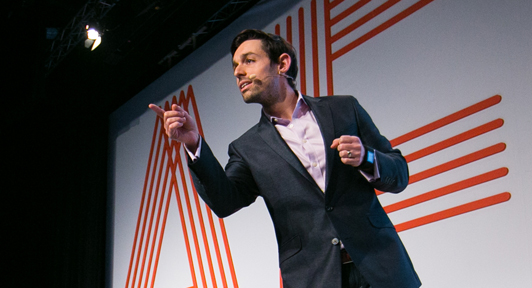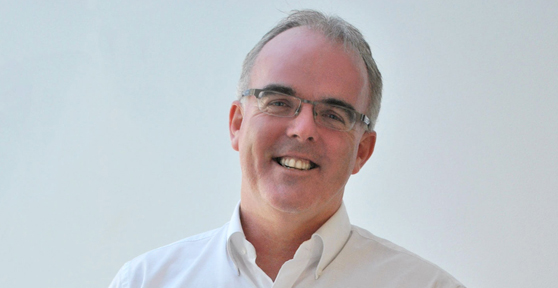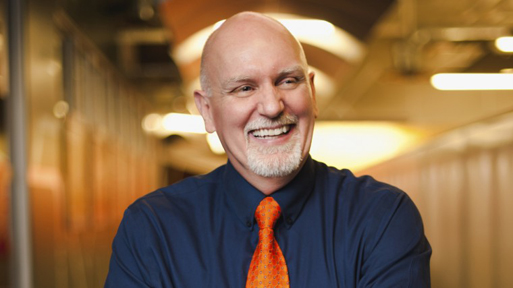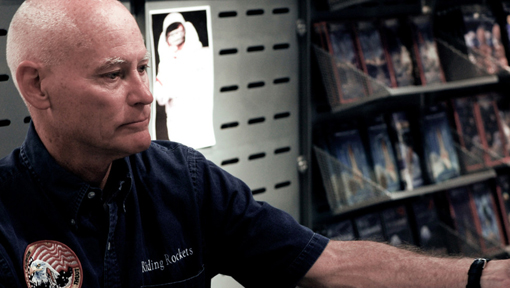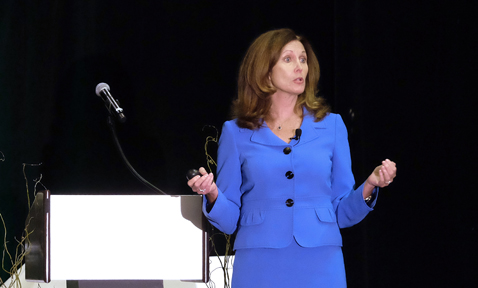
Full Engagement Leadership, with Michelle Stacy
| Employees want to believe that their work can make an impact on the company. | |
| |
 | What are the main causes of employee disengagement? |
 | In my opinion there are 5 major reasons for employee disengagement. In no order of priority:
|
 | What are a few strategies you’ve used to engage employees throughout your corporate career? |
 | Here are two ideas that worked surprisingly well for me. First was the co-creation of the Vision for what the Company wanted to be known for and how it was going to achieve it. This gave visibility to the Vision/Mission to a large part of the employee base which helped lead to buy-in across the employees plus a strong understanding of what we needed to achieve.
The second was far more surprising in terms of how much of an impact it had on the Company. Keurig Green Mountain gave employees 52 hours of community service each year. I put into place a program where one community service event left our corporate head quarters every week. The sign-up was in the lobby as you came in. Senior C suite executives were asked to participate at least quarterly in one event. It is amazing how this changed and influenced the culture. People who worked side by side feeding the homeless, or doing river clean up were much more likely to treat each other with respect. People enjoyed the team spirit. Management became accessible and easier to talk to plus the Company’s values were front and center being put into action. |
| It's the middle of the organization that needs our time. They will benefit the most from being mentored. | |
| |
 | What are some ways leaders can bring “the star” out of each individual employee especially at larger companies? |
 | As leaders it is always so easy for us to lean towards the stars in an organization. We can count on them. They are usually more highly motivated and need less direction so we gravitate towards them and choose to spend our time with them.
However, it's the middle of the organization that needs our time. They will benefit the most from being mentored. They need to feel valuable and that they are being developed. When this middle feels valued, then they stay engaged. It's not surprising to me that organizations recognize about 20% as top performers for succession planning and that only 20% of our workforce is highly engaged. We need to change the paradigm and put more resources and focus on the powerful middle. |
 | How can leaders handle a bad day at work without negatively affecting their team? |
 | First, don't be afraid to apologize if you've had a bad day and not been at your best. Your employees know when you’re not at your best and the apology shows that you are self-aware. This immediately takes the sting from a bad moment.
Second, while I know our day piles up with meeting upon meeting, I still recommend taking a 15-minute-break and take a real break - not an email break. Go for a quick walk around the building, close your office door and just close your eyes, or do something that breaks the moment - and then go back. It's well worth the 15 minutes. |
| Both times when I took the step back, the concept of "winning" the promotion was no longer an option...It allowed me to focus my drive on achieving a team result. | |
| |
 | In a New York Times article called “Stepping Back to Lead Better,” you wrote that taking yourself out of the corporate race two times allowed you “the freedom to focus on the people and team side of leadership.” Could you tell us more about the team side of leadership? |
 | I was a very driven leader; in some ways I still am. However, I was driving to achieve and be the best in a scenario where you climb the pyramid but only one person gets promoted, and sometimes I would drive hard for a result without thinking of the impact it might have on my peers.
Both times when I took the step back, the concept of "winning" the promotion was no longer an option. My ambition got out of the way. It allowed me to focus my drive on achieving a team result. I became more focused on collaboration and helping others achieve their objective and I became more likable. In the end, this made me a better leader. When I realized this, I found that there was another much more positive way to achieve results. |
 | What drew you to Keurig coffee? |
 | There were two reasons I was drawn to Keurig Coffee. One was the product itself and how the consumer loved it. Keurig Coffee Machines are a remarkable innovation. I was so surprised how important it was for consumers to be able to simply and easily get a great cup of coffee. They fell in love with the machine because it gave them their coffee moment quicker and so they had more time to enjoy that moment.
Second, Keurig Green Mountain had a very clear mission to not only deliver outstanding business results but to give back to the communities both in coffee growing regions and the local communities it was located in. This commitment to the triple bottom line (profit, people, planet) was remarkable and I wanted to work for a company with this set of values. |
| No one writes a road map for hyper growth. When you realize you are growing at these rates, you do a high five and then you have a moment of panic. | |
| |
 | Keurig coffee experienced remarkable hyper-growth under your watch. What new challenges did its growth present to you and the company and how did you handle them? |
 | No one writes a road map for hyper growth. When you realize you are growing at these rates, you do a high five and then you have a moment of panic. You are growing in one month what most companies plan for in 5 years.
The first thing we did as a group was think about each aspect of the business (attracting and hiring talent, order processing, supply chain, quality, etc.) and assess what would be needed if the business doubled in 12 months. How many employees would we need, how many orders would we process, how much inventory space would we need, ... You get the idea. When we were done with this exercise we knew where the big pinch points were likely to be and we knew what had to get done. Then we tried to put in place a culture that was decisive and we had to delegate. We couldn't get paralyzed. We had to reward risk taking and initiatives. |
 | What factors should leaders consider when planning for company growth? |
 | Just like running an efficient organization or cost optimization is a skill set, building a growth company is also a skill set. You have to always put the consumer/customer first. You have to make sure your product/service is better than the competition and be committed to keeping it that way.
Planning for growth is also about making sure you have and keep a sustainable competitive advantage relative to your competition. Once businesses achieve a growth trajectory, planning to scale the company and processes to growth is an important exercise. The second important thing is to continue to innovate not only the products and services, but across all aspects of the business. |
| I do believe you can have it all, but you cannot have it all, all of the time. | |
| |
 | What advice do you have to women who are striving to balance their career with family responsibilities? |
 | Wow... This could be several pages of answers. First, I do believe you can have it all, but you cannot have it all, all of the time. There are times for both men and women, when other aspects of our life will take center stage and work will take a back stage.
I also believe that Family always comes first. I am most proud of raising my children and have strong relationships with them. I always advise people to think about “quality of time”, because it's tough to have “quantity of time.” Make sure when you're with your family, you're truly with them. Not on your iPhone doing emails. We had a rule of no electronics (TV, game boy, x box, iPhone, etc.) upstairs in the bedroom area. So when we were upstairs with the kids we were totally focused on each other. Those are just a few tips. ========================================================= |

